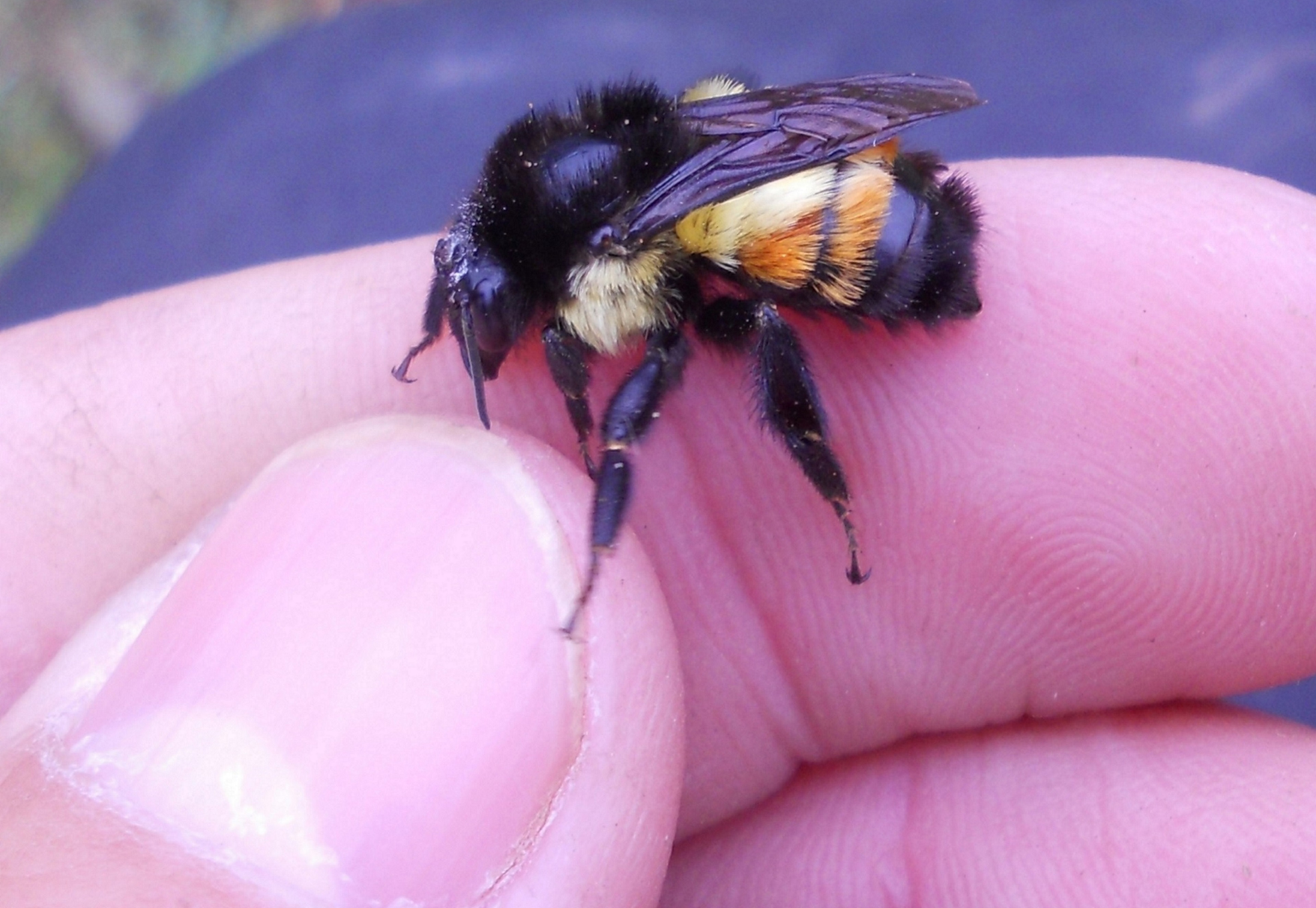Fast moving, noisy, yellow and black bumblebees are part of our native insect population. Here in North America there are currently 46 species of bumblebees, while worldwide there are 250 species. Because of habitat fragmentation and loss, pesticide use and diseases, the number of bumblebees is declining.
Although they are large and look somewhat intimidating, bumblebees are really gentle giants. They are not aggressive unless they or their nests, which can be underground or in brush piles or trash heaps, are threatened.
This familiar garden visitor is an important pollinator both for home gardens and for agricultural operations. In fact, female bumblebees have special pollen baskets on their last pair of legs designed to assure transportation of pollen. In nature, bumblebees are generalist feeders that can withstand cooler temperatures, allowing them to become active in late winter and to continue their work throughout the spring, the summer and into the late fall. They are experts at dislodging pollen from flowers that other pollinators cannot reach, such as the blooms on tomatoes, peppers and cranberries. Some greenhouses even bring bumblebees inside to assist in pollinating the crops.
Like European honey bees, bumble bees are social bees, living in small colonies with one queen. Unlike the honey bee whose queen can live for an average of three years, bumblebee queens live for only one year. Honey bee colonies are known for the amount of honey they produce, while bumblebee colonies produce little honey.
To ensure that your garden is an excellent habitat for bumblebees, follow these guidelines.
- Plant a variety of nectar and pollen rich herbs and flowers such as catmint, lavender, thyme, snapdragons, bleeding heart, salvia, purple coneflowers, and sweet peas.
- Plant flowers of the same variety in broad swathes so that the bees don’t have to expend too much energy traveling from bloom to bloom.
- Add red or white clover to your lawn area.
- Provide an informal space for nesting. An underground nesting spot with a small entry point that is located in a quiet, undisturbed area is ideal.





